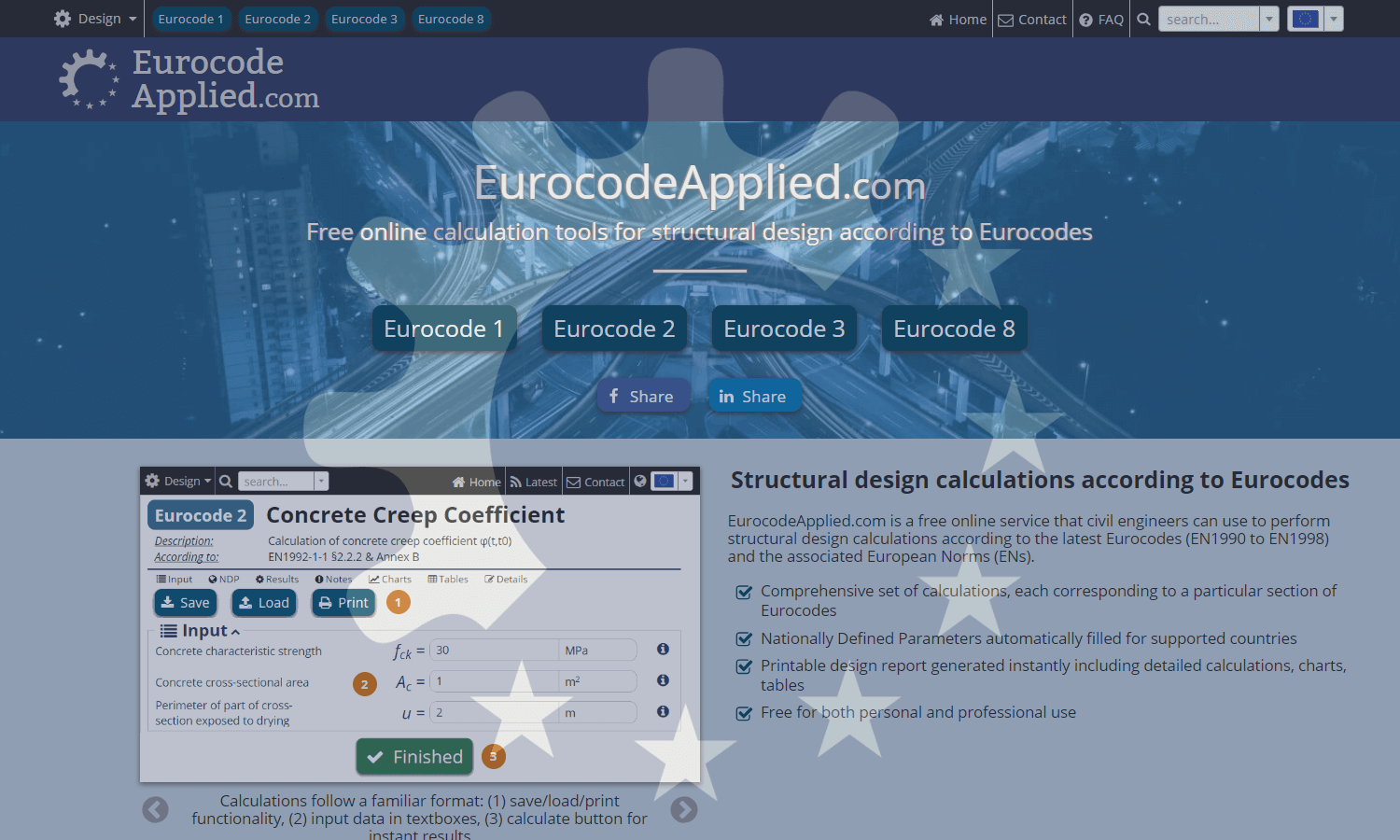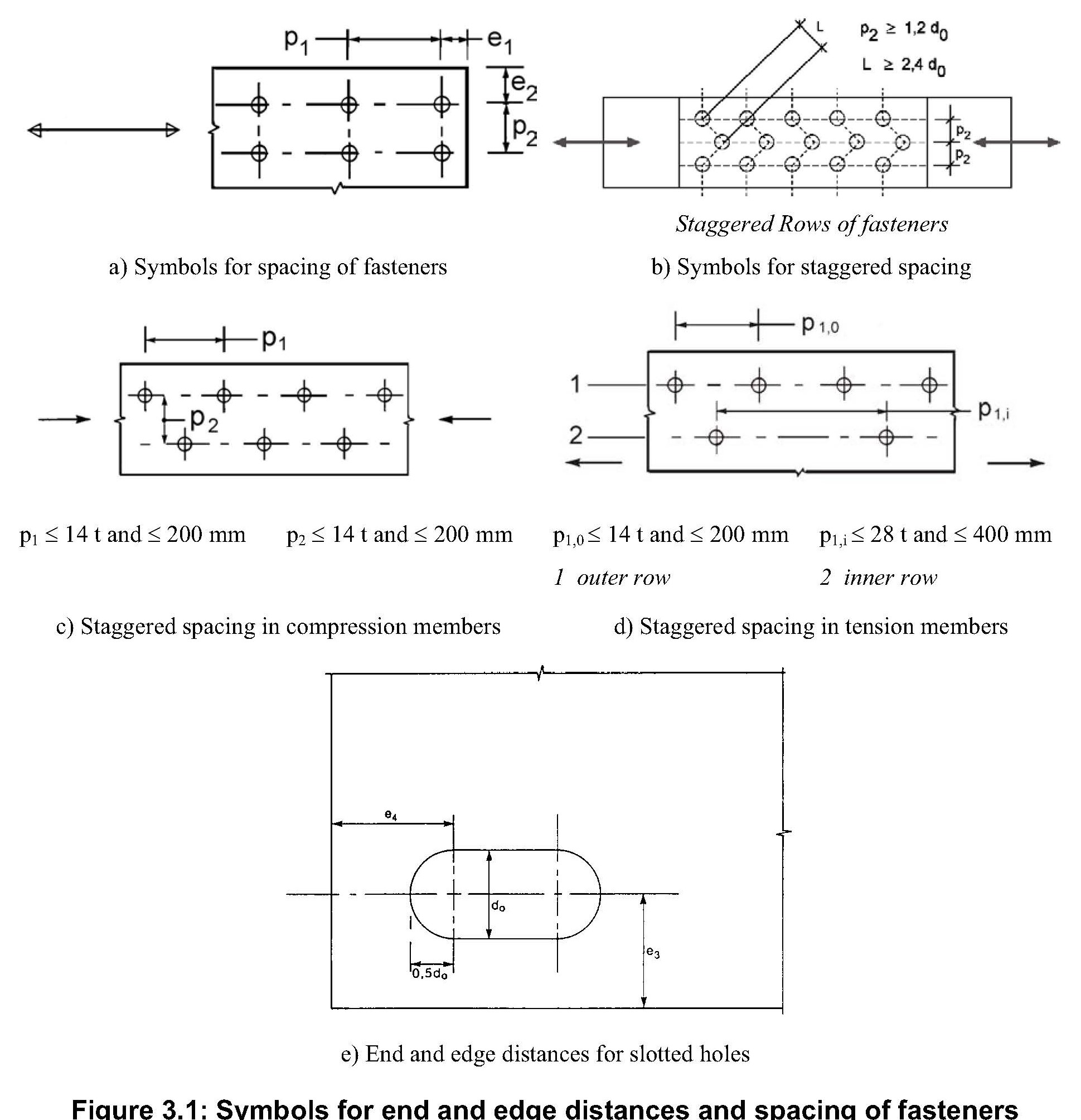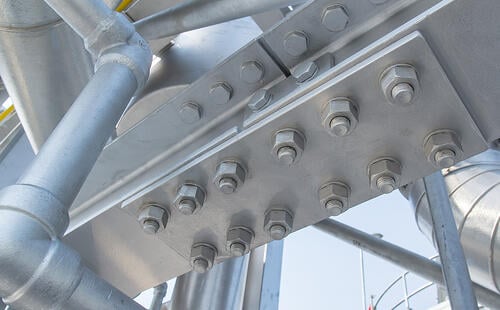Timber Connection Design Example Eurocode One prime advantage of wood as a structural material is the ease with which wooden structural parts can be joined together using a wide variety of connecting systems This chapter discusses how the characteristics of timber as an engineering material affect the performance and hence design of connection in timber structures
EN 1995 1 1 2004 English Eurocode 5 Design of timber structures Part 1 1 General Common rules and rules for buildings Authority The European Union Per Regulation 305 2011 Directive 98 34 EC Directive 2004 18 EC The book series Design of timber structures Volume 1 3 has been produced to make it easier for structural designers to calculate timber structures and it is adapted to Eurocodes
Timber Connection Design Example Eurocode

Timber Connection Design Example Eurocode
https://i.ytimg.com/vi/opDAewk7R-8/maxresdefault.jpg

Bolted Connection Design Solved Examples Part 1 Design Of Steel
https://i.ytimg.com/vi/XROv1xoLrKM/maxresdefault.jpg

Steel Beam Design Serviceability Limit State SLS Examples
https://i.ytimg.com/vi/4uQ9gcvB3Iw/maxresdefault.jpg
Current design methods for notched wood beams based on either notch factor or linear elastic fracture mechanics LEFM approaches are reviewed and compared with an alternative equation based on critical fillet hoop stress CFHS theory and with experimental data PDF Timber Connections Design theory to Eurocode 5 a 1 hour CPD Find read and cite all the research you need on ResearchGate
Connections with metal fasteners Authors Jack Porteous Peter Ross Haig GulvanessianCBE Source Designers Guide to Eurocode 5 Design of Timber Buildings 1 Jan 2013 95 127 Engineers and architects can now specify using the CEN standards under a common design approach that is set out in Eurocode 5 Design of Timber Structures now an Irish standard
More picture related to Timber Connection Design Example Eurocode

Steel Member Design Axial Compression Bending Torsional
https://i.ytimg.com/vi/wb73oeWB0vg/maxresdefault.jpg

Column Design Worked Example 1 Eurocode 3 Design Of Steel PART 1
https://i.ytimg.com/vi/AzHpNUOldlA/maxresdefault.jpg

Steel Tension Member Design Welded Connections Bolted Connections
https://i.ytimg.com/vi/PzyR9TiZtso/maxresdefault.jpg
According to the CEN CENELEC Internal Regulations the national standards organizations of the following countries are bound to implement this European Standard Austria Belgium Cyprus Czech Republic Denmark Estonia Finland France Germany Greece Hungary Iceland Ireland Italy Latvia Lithuania Luxemburg Malta Netherlands Norway Examples of different truss systems where connections have been used to combine timber elements of different lengths to achieve longer spans Nails are the most commonly used fasteners in timber construction and are available in a variety of lengths cross sectional areas and surface treatments
[desc-10] [desc-11]

Effective Width Of Flanged Beam Eurocode 2 YouTube
https://i.ytimg.com/vi/Eq9ZAfepJps/maxresdefault.jpg

Design Of Doubly Reinforced Section To Eurocode 2 Worked Example
https://i.ytimg.com/vi/yDqd7oTjV1s/maxresdefault.jpg

https://www.academia.edu
One prime advantage of wood as a structural material is the ease with which wooden structural parts can be joined together using a wide variety of connecting systems This chapter discusses how the characteristics of timber as an engineering material affect the performance and hence design of connection in timber structures

https://www.phd.eng.br › wp-content › uploads
EN 1995 1 1 2004 English Eurocode 5 Design of timber structures Part 1 1 General Common rules and rules for buildings Authority The European Union Per Regulation 305 2011 Directive 98 34 EC Directive 2004 18 EC

Introduction To Eurocode 0 EC0 EN1990 Basis Of Structural Design

Effective Width Of Flanged Beam Eurocode 2 YouTube

Steel Beam Design Bending Example Eurocode 3 EC3 EN1993

Shear Resistance Of A Singly Reinforced Concrete Slab To Eurocode 2

Eurocode Design Calculation Tools For Structural Engineers

Bolt Hole Edge Distance A Pictures Of Hole 2018

Bolt Hole Edge Distance A Pictures Of Hole 2018

Bolt Connection Design Using Eurocode 3 Structural Guide

Structural Wood Beam Types The Best Picture Of Beam

Structural Wood Beam Types The Best Picture Of Beam
Timber Connection Design Example Eurocode - Connections with metal fasteners Authors Jack Porteous Peter Ross Haig GulvanessianCBE Source Designers Guide to Eurocode 5 Design of Timber Buildings 1 Jan 2013 95 127